Major Cities In China Ease COVID-19 Restrictions After Protests
Shenzhen and Beijing will no longer require public transport commuters to present negative test results as authorities ease COVID-19 restrictions in the wake of mass protests.
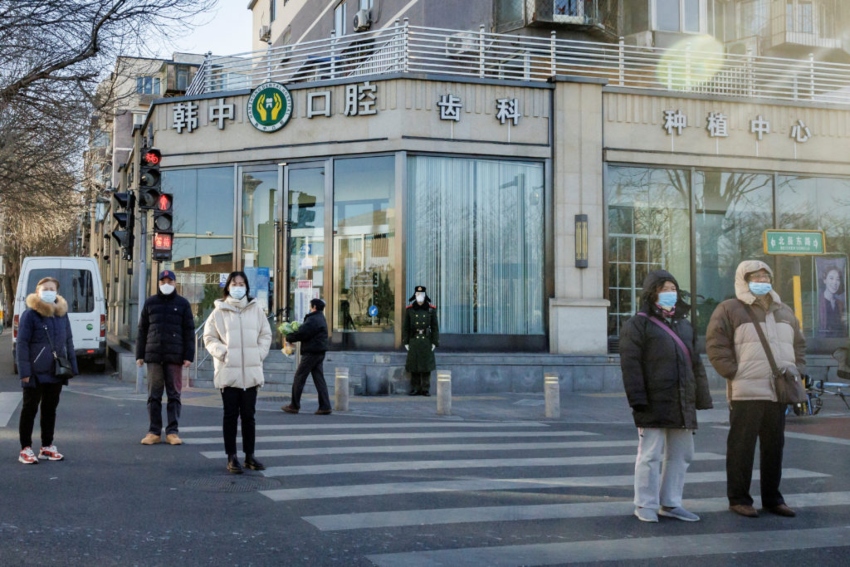
Photo: TYT
Chinese authorities are continuing to ease COVID-19 restrictions, with several cities including Shenzhen and Beijing no longer requiring negative tests to take public transport.
The moves come even as daily COVID-19 infections in China hover near all-time highs and follow recent protests by people across the country who are frustrated by the Chinese government’s rigid enforcement of anti-virus restrictions.
Authorities in southern Shenzhen said on Saturday that commuters no longer need to show a negative COVID-19 test to use public transport or when entering pharmacies, parks and tourist attractions.
The decision follows similar moves by the southern city of Chengdu and the northern metropolis of Tianjin.
In Beijing, authorities said on Friday that negative COVID-19 test results will no longer be required for public transport starting from Monday. However, a negative result obtained within the past 48 hours is still required to enter venues such as shopping malls, which have gradually reopened with many restaurants and eateries providing takeout services.
Beijing has also begun shutting down public testing booths, in a move that has prompted both cheers and concern.
A video showing workers in Beijing removing a testing booth by crane was shared widely on Chinese social media on Friday, with one commentator saying: “This should have been taken away earlier!” and another declaring, “Banished to history”.
But others complained that as most public venues in the city still require COVID-19 tests, the closure of testing booths had resulted in hours-long queues at the booths that remained open.
In the wake of recent demonstrations, which erupted on November 25 after at least 10 people died in a fire at a partially locked-down apartment building in the western city of Urumqi, the Chinese government has promised to reduce the disruption of COVID-19 controls on everyday life. But, Chinese authorities are also sticking with a zero-COVID approach.
World Health Organization Emergencies Director Dr Michael Ryan said on Friday that the United Nations agency was “pleased” to see China loosening some of its coronavirus restrictions, saying “it’s really important that governments listen to their people when the people are in pain”.
Significant reopening
Still, many analysts say they still do not anticipate a significant reopening of the country until at least after March, as China must first achieve results in a just-launched vaccination drive targeting the elderly.
Estimates for how many deaths China could see if it pivots to a full reopening have ranged from 1.3 million to more than 2 million, though some researchers said the death toll could be reduced sharply if there was a focus on vaccination.
China has not yet approved any foreign COVID-19 vaccines, opting for those produced domestically, which some studies have suggested are not as effective as some foreign ones.
Despite the challenges, Chinese President Xi Jinping remains “unwilling to accept a better vaccine from the West”, according to the United States Director of National Intelligence Avril Haines. Speaking at the annual Reagan Nation Defense Forum in California, Haines also said on Saturday that while the recent protests are not a threat to Communist Party rule, they could affect Xi’s personal standing.
“Seeing protests and the response to it is countering the narrative that he likes to put forward, which is that China is so much more effective at government,” Haines said. “It’s, again, not something we see as being a threat to stability at this moment, or regime change or anything like that,” she said, while adding: “How it develops will be important to Xi’s standing.”
Xi, during a meeting with European Union officials in Beijing on Thursday, blamed the mass protests on youth frustrated by years of the pandemic but said the now-dominant Omicron variant of the virus paved the way for fewer restrictions, EU officials said.
Officials have just recently begun to downplay the dangers of Omicron, a significant change in messaging in a country where fear of COVID-19 has run deep.
On Friday, some Beijing neighbourhoods posted guidelines on social media on how positive cases can be quarantined at home, a landmark move that marks a break from official guidance to send such people to central quarantine. Still, the relief has also been accompanied by concerns, especially from groups such as the elderly who feel more exposed to a disease authorities had consistently described as deadly until this week.
China reported 32,827 daily local COVID-19 infections on Saturday, down from 34,772 a day earlier.
As of Friday, China had reported 5,233 COVID-related deaths and 331,952 cases with symptoms.
Rooting out protesters
While authorities relax some of the COVID-19 restrictions, they are also detaining people who participated in recent protests. Police in cities such as Shanghai are checking commuters’ phones for apps or virtual private network software that the protesters used to communicate, according to protesters and social media posts.
On Saturday, police kept up a heavy presence on streets close to Shanghai’s Wulumuqi Road, named after Urumqi and the site of a vigil for the victims of the fire that turned into protests last weekend.
A similarly large police presence could be seen at east Beijing’s Liangmaqiao junction, as authorities sought to put off any potential follow-up to last weekend’s unrest.
China is the only major nation in the world still sticking to a “zero-COVID” strategy, which aims to isolate every infected person. The policy has been in place since the pandemic started in late 2019, resulting in instant lockdowns and mass testing of the public across China.
-

Moldovan youth is more than ready to join the EU
2024-04-18 -

UN says solutions exist to rapidly ease debt burden of poor nations
2024-04-18 -
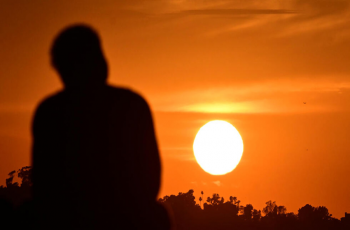
'Human-induced' climate change behind deadly Sahel heatwave: study
2024-04-18 -
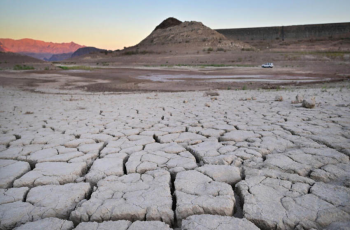
Climate impacts set to cut 2050 global GDP by nearly a fifth
2024-04-18 -
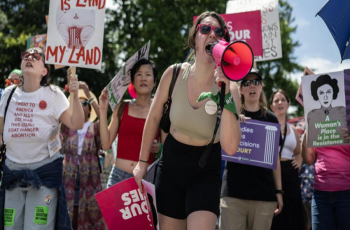
US sterilizations spiked after national right to abortion overturned: study
2024-04-13 -

Future of Africa's flamingos threatened by rising lakes: study
2024-04-13 -

Corporate climate pledge weakened by carbon offsets move
2024-04-11 -
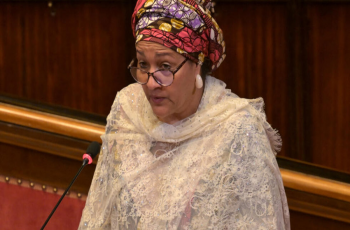
Humanity lost 'moral compass' on Gaza: top UN official
2024-04-10 -

No.1 Scheffler says patience and trust are secrets to success
2024-04-10 -

From homeless addict to city chief: the unusual journey of Canadian mayor
2024-04-10
